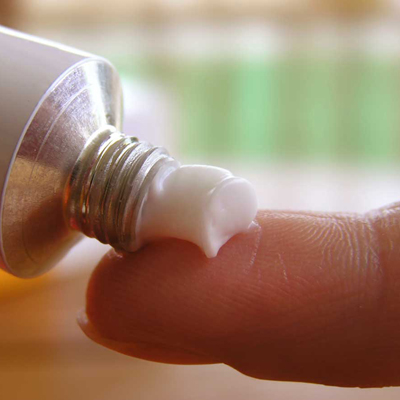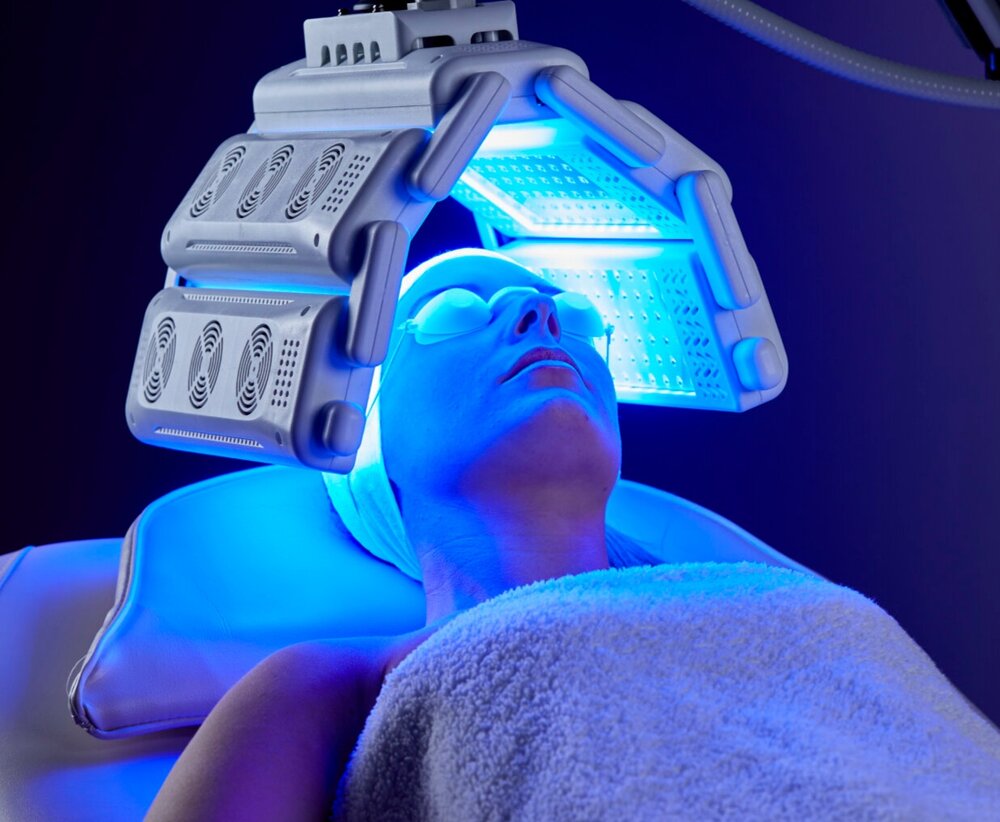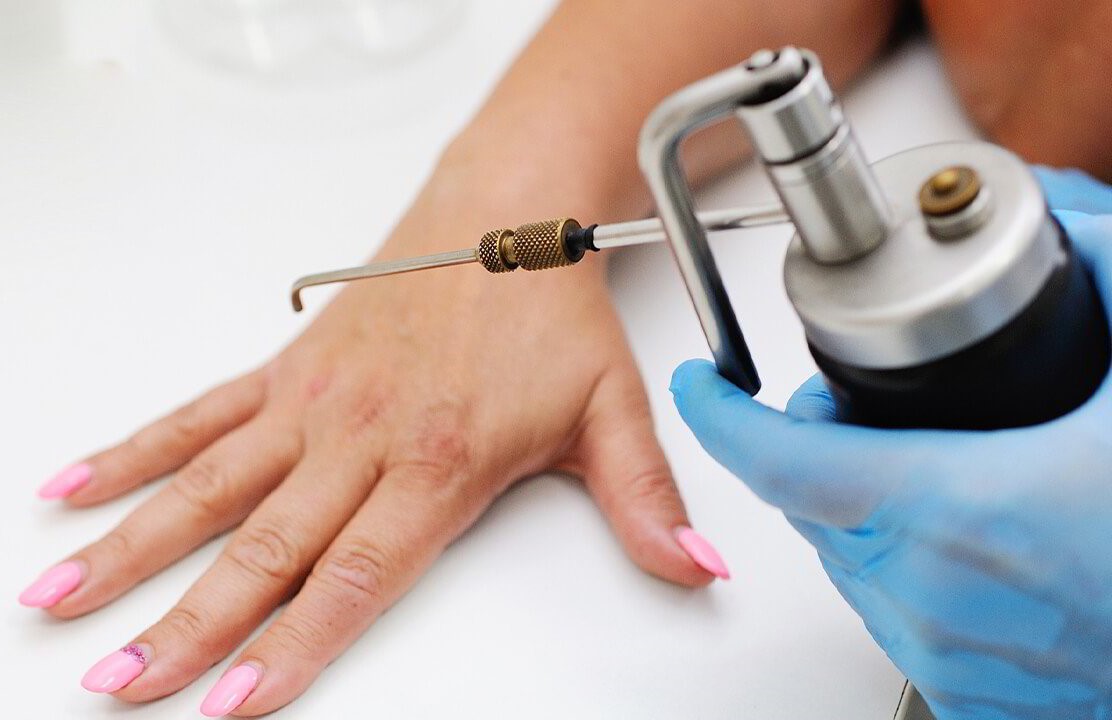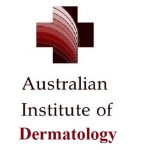Treatment of precancerous skin damage
Dr. Bothma and his team have a strong focus on preventative treatments and skincare education to avoid painful and scarring treatments of avoidable non-melanoma skin cancers.
A range of skin repair solutions, evidence-based vitamins, and essential oil strategies form part of an expanding array of alternatives to conventional cryotherapy, which often causes scarring.
Daniel has conducted postgraduate research into treatment solutions for photoaging induced skin lesions (“sun spots” or “sun freckles”), including skin lasers, intense pulsed light, photodynamic therapy and topical applications.
We have recently welcomed Trudi as dermal therapist at DermaSurg. Trudi is available to do a complimentary skin analysis using our Skin Solutionist System to help identify the areas where your skin will benefit most from serums, peels, light therapy, microneedling, our medical grade cosmetic skin care ranges or anti-wrinkle treatments.


Topical field treatments (creams, lotions, ointments)
5-Fluorouracil (Efudix) is a chemotherapy antimetabolite that causes cell-cycle arrest and cell death of precancerous actinic solar keratoses. Treatment protocols very from 2 – 8 weeks, depending on the clinical response. This somewhat long treatment period may make some patients wary of side effects and pain. Fortunately a recent clinical trial demonstrated that this period could be dramatically shortened when another agent called calcipotriol (an immunological drug used in psoriasis treatment) was combined with fluorouracil. Better, shorter, and it keeps damage in check for longer!*
Imiquimod (Aldara) is an immunological compound that triggers stimulation of both the innate and cell-mediated immune responses to tumour antigens. It may be prescribed as an alternative to fluorouracil for the treatment of actinic keratoses. Treatment takes 6 weeks and it has a broad range of local and systemic adverse effects compared to fluorouracil or photodynamic therapy , so it is used less frequently.
*Cunningham, et al. J Clin Invest. 2017;127(1):106-116.
Phototherapy and Photodynamic therapy (PDT)
Photodynamic Therapy (PDT) is a modern, non-invasive method used to destroy damaged cells and tissue via three components: a photosensitizer agent, a light source and oxygen. It is an evidence-based treatment option for the treatment of precancerous skin damage. It is also a very effective method to improve the cosmetic appearance of mild to severe sun damaged, oily, blemished, and aged skin on all areas of the body.
“Daylight PDT“, using the sun as the light source, is a gentler and more tolerable method with the same efficacy as conventional PDT. Quite ironic really, yet highly effective!
DermaSurg introduced the MediLUX LED phototherapy technology in early 2021. MediLUX incorporates 5 different treatment wavelengths for wide range of treatment objectives.


Cryotherapy (Liquid nitrogen freezespray)
Cryotherapy is a simple, effective, quick, and inexpensive “destructive therapy” that has been used for many decades as a first-line treatment for precancerous (actinic or solar) keratoses. Cryotherapy destroys skin tissue by direct application of a cryogenic agent (liquid nitrogen) through a cryospray device. It’s main benefit is the ease of use and quickness of procedure, yet is known to cause marking, scarring and dyspigmentation (discolouration) of the treated area in many instances, and it is not frequently used anymore at our clinic.
It remains useful in tricky areas (like the ears or scalp), and for sun spots that are thick and crusty, where it is perhaps a bit better than carbon dioxide laser, creams and phototherapy. It may also be suggested when there are contraindications to use of newer, better, best practice modalities. It is never used for the treatment of skin cancers, as it is unpredictable, and unreliable.














